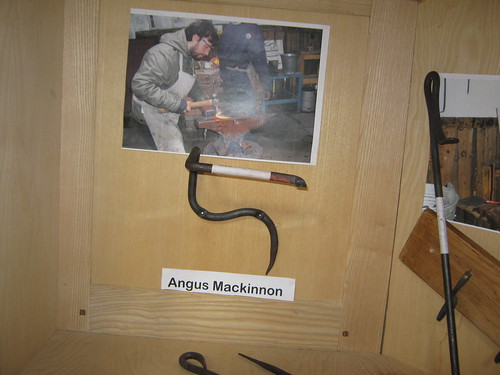 |
| Navigating the landscape - photo by @warwicklanguage CC BY SA |
The academic year 2024 has just started. Not for me though. For me this is the third year of retirement and I am still in the process of transitioning from the professional me to the personal me - identities which have been enmeshed for so long it is tricky to navigate. When I read this post from Alastair Creelman, I was reminded that I need to continue to work on my navigation skills. I always found his blog really helpful and I felt rather sad to read that he would no longer be posting, although I fully understand and respect his reasons. I tried to add a comment to reflect how important his thoughts have been along the way but sadly it did not appear. So if you read this Alastair please know I am grateful for your open sharing and for how you helped me.
Another blog post which influenced my own thoughts on transitioning came from another open hero of mine, Martin Weller. This post is so significant as it captures the ongoing challenges of our time and reminds me of the importance of fighting for open practices. This has been an aspect of my professional life which transcends the "employment" phase and is deeply embedded in my personal psyche. I have reflected often as to whether, post retirement, I should continue to research and publish. I am still in two minds on this. I don't lack things to do to be honest!
There is one area of openness however where I feel progress is not where it needs to be yet and where I can hopefully continue to be of use. It is the area of open recognition. I think I find this so important because it goes to the very heart of my commitment to self determination (both political and psychological). The technical mechanisms include ownership and curation of an eportfolio and collection and curation of open badges. For me these tools have so many uses:
- fostering community belonging and pathways to self development
- offering recognition and encouragement in online fluency
- supporting creative activity in assessment and knowledge creation
- providing safe spaces for experimentation and individuality














